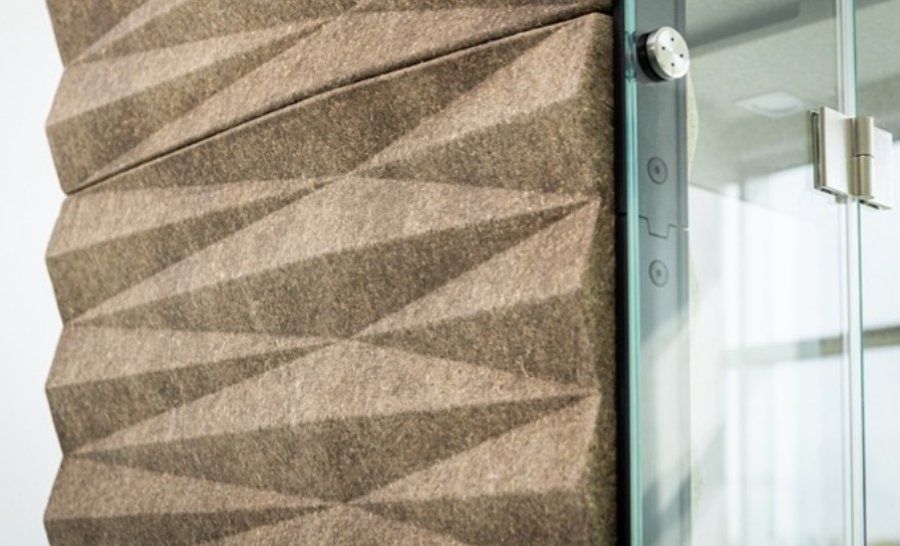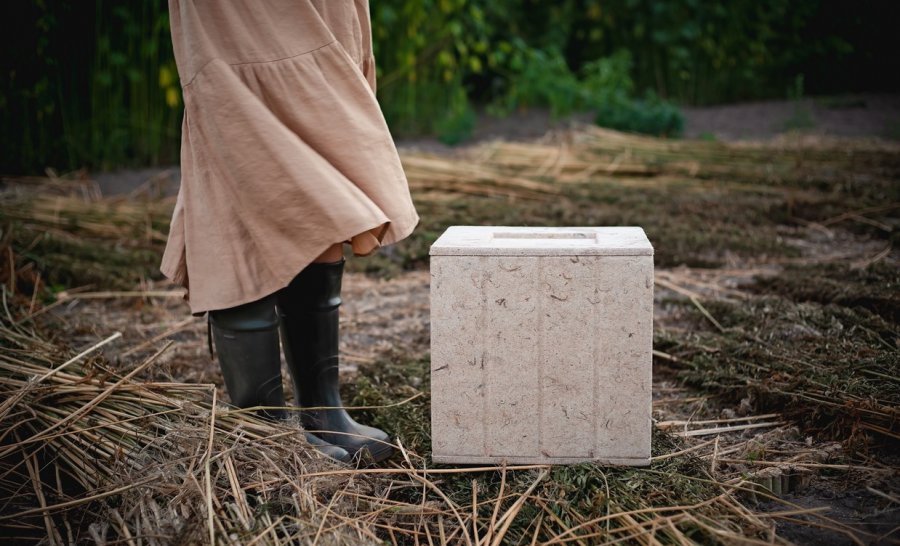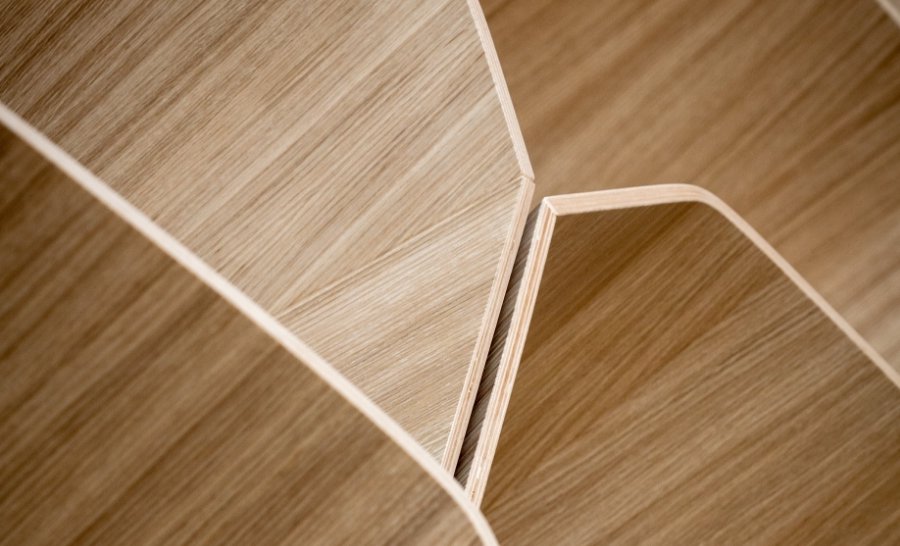NATURAL MATERIALS
The natural material used to manufacture desks, shelving units, acoustic panels, and finished office pods and mobile walls is VANK biocomposite based on renewable fibrous plants such as flax and hemp.
The biomaterial contributes to the development of the circular economy and has a negative carbon footprint. Bio-based resources - such as flax and hemp - absorb CO2 from the atmosphere during their growth phase and convert it into biomass through photosynthesis. The quick growth of hemp, i.e. up to even 4 metres in 100 days, makes it one of the fastest CO2 absorbers out there. A hemp field can absorb up to 15 tonnes of CO2 per hectare (according to IPCC reports).
Wood is also an organic renewable resource that absorbs carbon dioxide during the growth process. Here, the long period of growth – i.e. the process of resource production – is also significant for the ecological and climatic stability of the entire globe.
We use wood in various forms. The seat of the PEEL chairs is made of chips of wood, which minimises the loss of this natural resource in the manufacturing process. The tops of office tables, desks, and coffee tables are made of wood-based, eco-friendly SWISSCDF board. The plywood and veneer used for chairs are also wood-based products. Out of concern for forest protection, we always pay attention to the origin of the resources we use. Our suppliers are certified with FSC (Forest Stewardship Council) who makes sure that wood-based resources are acquired in a sustainable manner.
NATURAL MATERIALS



Wood is also an organic renewable resource that absorbs carbon dioxide during the growth process. Here, the long period of growth – i.e. the process of resource production – is also significant for the ecological and climatic stability of the entire globe.
We use wood in various forms. The seat of the PEEL chairs is made of chips of wood, which minimises the loss of this natural resource in the manufacturing process. The tops of office tables, desks, and coffee tables are made of wood-based, eco-friendly SWISSCDF board. The plywood and veneer used for chairs are also wood-based products. Out of concern for forest protection, we always pay attention to the origin of the resources we use. Our suppliers are certified with FSC (Forest Stewardship Council) who makes sure that wood-based resources are acquired in a sustainable manner.

